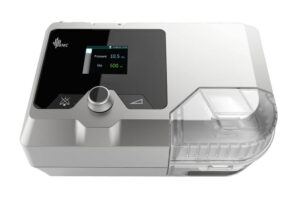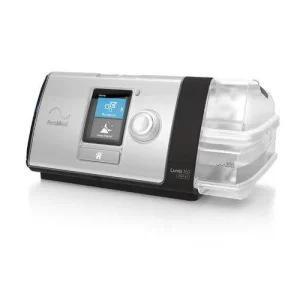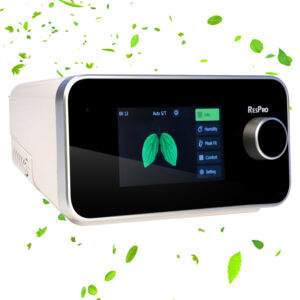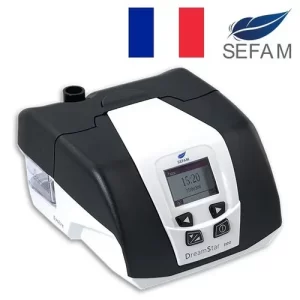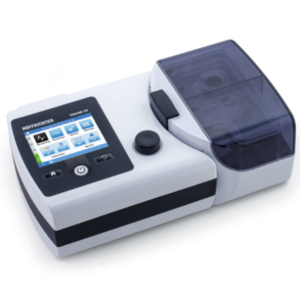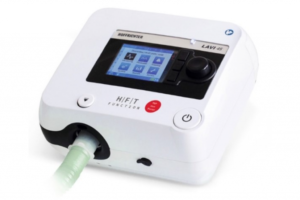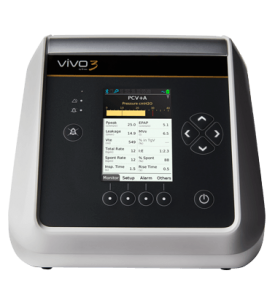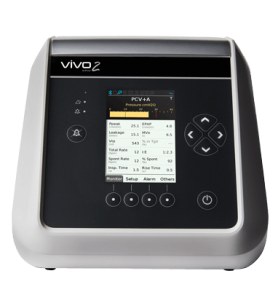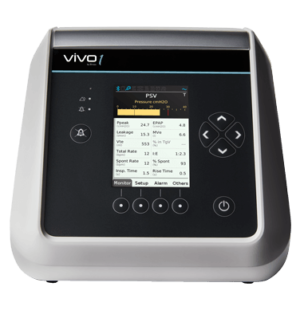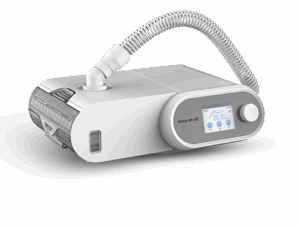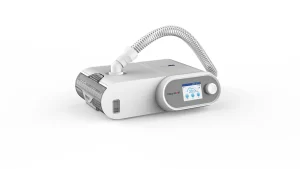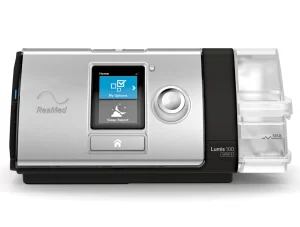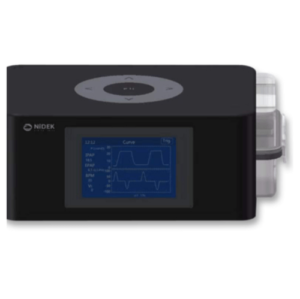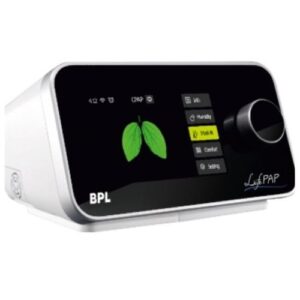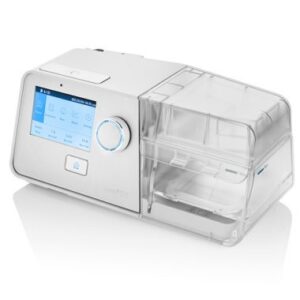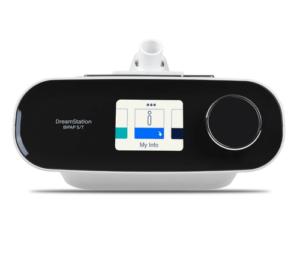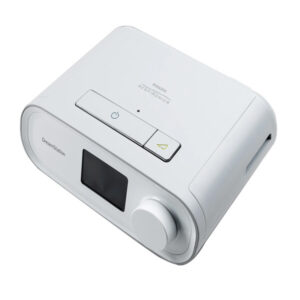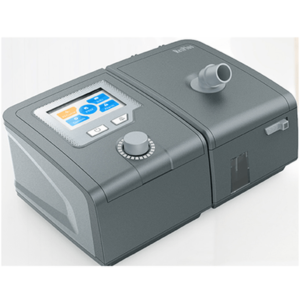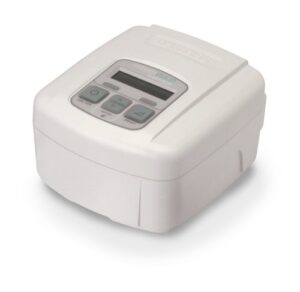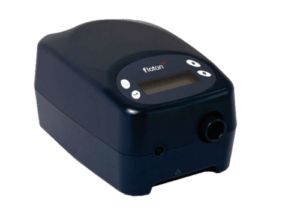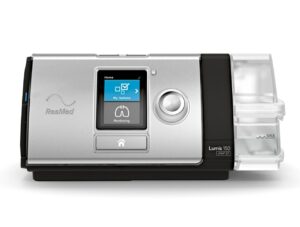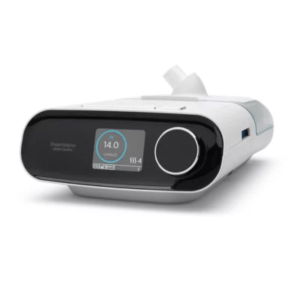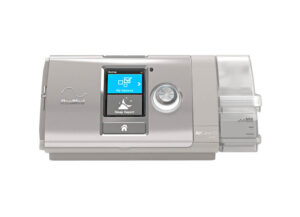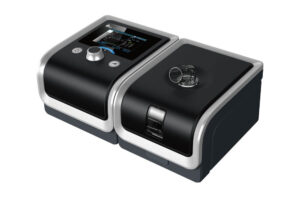Bipap Machines
Showing all 27 resultsSorted by latest
-
Price range: ₹127,000.00 through ₹128,000.00 Select options This product has multiple variants. The options may be chosen on the product page
-
Price range: ₹109,200.00 through ₹110,200.00 Select options This product has multiple variants. The options may be chosen on the product page
-
Price range: ₹38,500.00 through ₹41,500.00 Select options This product has multiple variants. The options may be chosen on the product page
-
Price range: ₹43,100.00 through ₹45,000.00 Select options This product has multiple variants. The options may be chosen on the product page
-
Price range: ₹61,900.00 through ₹68,800.00 Select options This product has multiple variants. The options may be chosen on the product page
-
Price range: ₹48,000.00 through ₹52,000.00 Select options This product has multiple variants. The options may be chosen on the product page
-
Price range: ₹40,500.00 through ₹42,690.00 Select options This product has multiple variants. The options may be chosen on the product page
-
Price range: ₹57,900.00 through ₹64,800.00 Select options This product has multiple variants. The options may be chosen on the product page
-
Price range: ₹35,570.00 through ₹42,470.00 Select options This product has multiple variants. The options may be chosen on the product page
-
Price range: ₹79,900.00 through ₹86,400.00 Select options This product has multiple variants. The options may be chosen on the product page
-
Price range: ₹68,000.00 through ₹74,900.00 Select options This product has multiple variants. The options may be chosen on the product page
-
Price range: ₹25,100.00 through ₹32,500.00 Select options This product has multiple variants. The options may be chosen on the product page
Showing all 27 resultsSorted by latest
Bipap Machines: Usage, Features, and Complete Price List
What are BiPAP and CPAP machines?
BIPAP and CPAP machines are therapy devices used for the treatment and management of sleep apnea. PAP in both types of machines stands for Positive Airway Pressure, the principle they both work. PAP machines (both Bi- and C-PAP) use air pressure supplied through a tube or a mask to the patient’s mouth or nose to keep the patient’s airway from partial obstruction or a full collapse, preventing instances of apnea.
Both types of machines are similar in their mechanism, used for the prevention of sleep apnea episodes, and are equally effective in managing Obstructive Sleep Apnea (OSA).
What sets them apart?
BiPAP machines: Bi-level, meaning the machine uses two different preset Positive airway pressures. One inhales and another, usually a lower, air pressure, for exhales. Allowing patients to make settings for inhalation Positive Airway Pressure (I-PAP) and an Exhalation Positive Airway Pressure (E-PAP), as recommended by the physician. Only when the patient finds CPAP utterly unmanageable and uncomfortable for OBS (obstructive Sleep Apnea), after the trials, do doctors recommend a BIPAP machine.
CPAP machines: C stands for Continuous (Positive Airway Pressure), a single and unchanging pressure, irrespective of exhales or inhales.
What is a BiPAP machine used for?
A BiPAP machine is often recommended in cases of:
- Central sleep apnea (CSA)
- Obstructive sleep apnea (OSA),
- Chronic obstructive pulmonary disease (COPD)
- Amyotrophic Lateral Sclerosis (ALS)
- Asthma (attacks), etc.
It can be used to treat a variety of lung, heart, and respiratory conditions in which the respiratory system’s function or structure is compromised, making it difficult to breathe.
What are the different modes available in a BiPAP machine? And when, and why, are they used?
Bipap Machines have the following basic modes:
- CPAP Mode: Yes, BiPAP machines have a CPAP mode as well. The patient can manually preset a prescribed Positive Airway Pressure (PAP), as per the professional’s recommendation.
- S Mode or Spontaneous Mode: The machine relies on the patient’s inhales or efforts to inhale as a signal to deliver the preset, I-PAP (inhalation-positive airway pressure), and an EPAP for each exhale.
That means that if the machine does not sense an inhalation on the patient’s part, it does send the IPAP to counter any possible blockage in the patient’s airway. So, the initiation and supply of Positive Airway Pressure (PAP) in a patient’s breathing are dependent on his/her breathing rate and cycle.
3. T-Mode or Time Mode: A BiPAP machine can be set according to how many times the patient breathes in a minute. The machine relies on this preset time to supply Positive Airway Pressure at equal intervals. So, to keep the airway clear and avoid apnea episodes, instead of relying on the patient, this Mode keeps it more consistent and reliable by using fixed time intervals as a stimulus for delivering PAP.
4. ST or Spontaneous Time Mode: This Mode mixes both the S and T modes mentioned above, making it more reliable and safer for use. Instead of relying on any one signal for supplying Positive Airway Pressure over time or on the patient’s initiation of an inhale, it supplies Positive Airway Pressure on the initiation of each breath but also at set time intervals when and if the machine does not sense an inhale or an effort to inhale.
5. AVAPS Mode – Average volume-assured pressure support (AVAPS) Mode integrates the characteristics of both volume and pressure-controlled modes of NIV. In bilevel positive airway pressure (BiPAP) mode, volume is the dependent variable. In contrast, in AVAPS mode, pressure is the dependent variable. AVAPS is a Patented technology of Philips Respironics
- Independently verified outcomes highlight the reduction or normalization of PtcCO2. The addition of the AVAPS ventilation feature to BPV-S/T (Bi-level Pressure Ventilation with Spontaneous/Time Mode) provides beneficial physiological improvements, resulting in a more efficient decrease of PtcCO2 compared to Bipap-S/T therapy alone.
What are the possible side effects and complaints that may arise from the use of a BiPAP machine?
These are some of the possible complaints and side effects that may accompany the regular use of the BiPAP machines:
- Skin discomfort or irritability: People may experience irritable skin or breakouts due to the mask or intubation.
- Dry mouth or Nasal Cavity: This is a very common complaint. Continuous air exposure leaves the mouth and nasal cavities (airways) dry, making them sensitive.
- In some cases, nose bleeding may occur, so the use of a humidifier is advisable for moisture and comfort.
- Bloating: Abdominal bloating is likely when using BiPAP machines, working long hours, and consuming continuous air to avoid apnea episodes.
What Is the Price of BiPAP Machines in India?
The BiPAP machines in India range from an average, lower price of Rupees 30,000 to 95,000. The prices may vary depending on the brand, quality, models, and additional features.
What are the top 5 BIPAP manufacturers (brands) in India?
- Philips BiPAP Machines is one of the most well-known brands not only in India but across the globe. Philips Respironics is Philips’ venture into respiratory (health care) machines for sleeping and breathing assistance. Philips Dreamstation range of BiPAP machines is one of the Most Clinically Proven systems in the World. Philips’ Recall and remediation have been completed, and the Products are available in India.
- ResMed Bipap Machines: ResMed is an American medical device manufacturer and service provider based in San Diego, California. It specializes in respiratory, sleep care, and software services for healthcare professionals.
- Sefam – Sefam is a French manufacturer of Sleep therapy products, which include BiPAP machines, CPAP Machines, and Sleep apnea Diagnostic Systems.
- BMC BiPAP Machines: BMC is a Chinese medical device manufacturer founded in 2001. Its headquarters are in Beijing, China. The company specializes in respiratory support and assistance devices and sleep-related respiratory (breathing) disorders. BMC is one of the largest manufacturers of Sleep therapy equipment by volume.
- DeVilbiss Bipap Machines: is a healthcare service and devices provider, specializing in respiratory, ENT, and ICU equipment for professional and home care.
Top 5 Best-Selling BiPAP Machines in India?
- Philips Dreamstation BiPAP AVAPS
- Philips Dreamstation BiPAP ST
- Resmed Lumis 150 VPAP ST
- BMC G2S 25VT Bipap Machine
- BMC Y30T Bipap Machine
- Devilbiss DV56 Bi-level ST
When or how often should you clean your BiPAP machines?
Cleaning your BiPAP and CPAP machines is advisable. Regular cleaning keeps your machine in better condition and makes sure therapy is effective.
How should you clean your CPAP and BiPAP machines?
Luke-warm water mixed with a soft, small amount of detergent should clean the humidifier and the air tube.
And thoroughly rinse off the detergent, then air dry the humidifier and the tube, not in direct sunlight.
BIPAP and CPAP machines can be cleaned with any dry cloth.
Which machine is better and more advantageous, BiPAP or CPAP?
Both BiPAP and CPAP are equally efficient when you are solely looking for the treatment of Obstructive Sleep Apnea. Except for one advantage of the comfort that BiPAP machines have over CPAP machines. A Disadvantage of higher prices when compared with lower-priced CPAP machines.
When looking for management and treatment of Central Sleep Apnea or other respiratory and neurological conditions that require breathing support, BiPAP machines are a better choice. They are better equipped and have a broader range of functions and operations.
What are the differences between BiPAP and a CPAP machine?
|
Features |
Bipap |
CPAP |
|
Type/Levels of PAP pressure |
Bipap Machines emit Positive airway pressure at two levels: one for inhalation and the other for exhalation, both pre-set. |
CPAP machine uses a Single pressure, consistent and continuous throughout. This, too, is pre-set according to the prescription of your physician. |
|
Pressure ranges |
The BiPAP machine’s usual pressure spectrum ranges from 4 to 25/30 cm H20 (a measuring scale of air pressure, in proportion to how much it is as water pressure in cm). |
CPAP machines, though set on a single unvarying air pressure, typically range from 4-20 cm H2O. |
|
Available modes |
Bipap Machines come with various modes, and integrated functions like CPAP mode, S, T, and ST modes. |
CPAP machines have only a CPAP mode. |
|
Tubes and masks |
Uses nasal or mouth (covering) masks and tubes. |
Uses nasal or mouth masks and tubes for the air pressure supply. |
|
Prices |
Keeping in mind the variety of functions, modes, and relatively higher comfort provided by BiPAP machines puts them in the higher price range than average CPAP machines. |
These CPAP machines are relatively cheaper than the BiPAP machines available in the market. |
|
Usage |
Bipap Machines can also be used for cases of central sleep apnea and COPD. And a variety of lung, heart, and neurological conditions where there are problems in the structure or function of the airway, or the respiratory system. |
Unlike BiPAP machines, these are primarily used as an intervention for Obstructive Sleep apnea, as CPAP is not effective in Central sleep apnea. CPAP machines, relative to BiPAP machines, have limited usage. |
Glossary:
What is APAP?
APAP is a short form for Automatic Positive Airway Pressure. PAP in APAP is a design where a higher air pressure than the surrounding environment is supplied to the patient’s airways with the help of masks or tubes. This pressure is applied to the patient’s mouth and nasal cavity to prevent any partial or full blockage of these airways, which may prevent swift and normal breathing. In APAPs, this positive airway pressure is automatically adjusted and adapted to the patient’s needs by the machine itself.
How is APAP different from CPAP?
CPAP (Continuous Positive Airway Pressure) machines work on a single, unchanging air pressure that has been manually set until it changes again manually. In contrast, APAP machines use sensors to keep Continuous Positive Airway Pressure at lower levels until the machine senses an obstruction in the airways or more resistance than in normal breathing, and then increases the air pressure as needed.
How are APAP machines different from BiPAP machines?
Though APAP machines seem like BiPAP machines, they are actually quite different in various aspects. Bipap Machines use two different levels of PAP (positive airway pressure, one for inhaling (IPAP) and another for exhales (EPAP). In contrast, APAP machines only change the pressure (keeping the pressure at a lower range and increasing when needed) to help with the inhales. Something else that differentiates BiPAP machines from APAP machines is the variety of respiratory diseases and disorders they can be used in. In contrast, APAP machines have a more limited use, for Obstructive Sleep Apnea and milder central sleep apnea (CSA) therapy, and a variety of modes and operations.
What is COPD? What causes COPD?
COPD, chronic obstructive pulmonary disease, is a condition, as the name suggests, a chronic (long-lasting and progressive) condition, inflammation of lung structures, primarily damage of alveoli, or chronic inflammation of the bronchi. Due to long-term exposure to particulate matter (like breathing in polluted air), another set of harmful gases, or smoking. That causes problems with breathing.

